
Smart Valve & Flow Control Systems: Driving Industrial Automation & Efficiency
IIoT-enabled valve technology optimizes industrial processes with predictive maintenance capabilities.
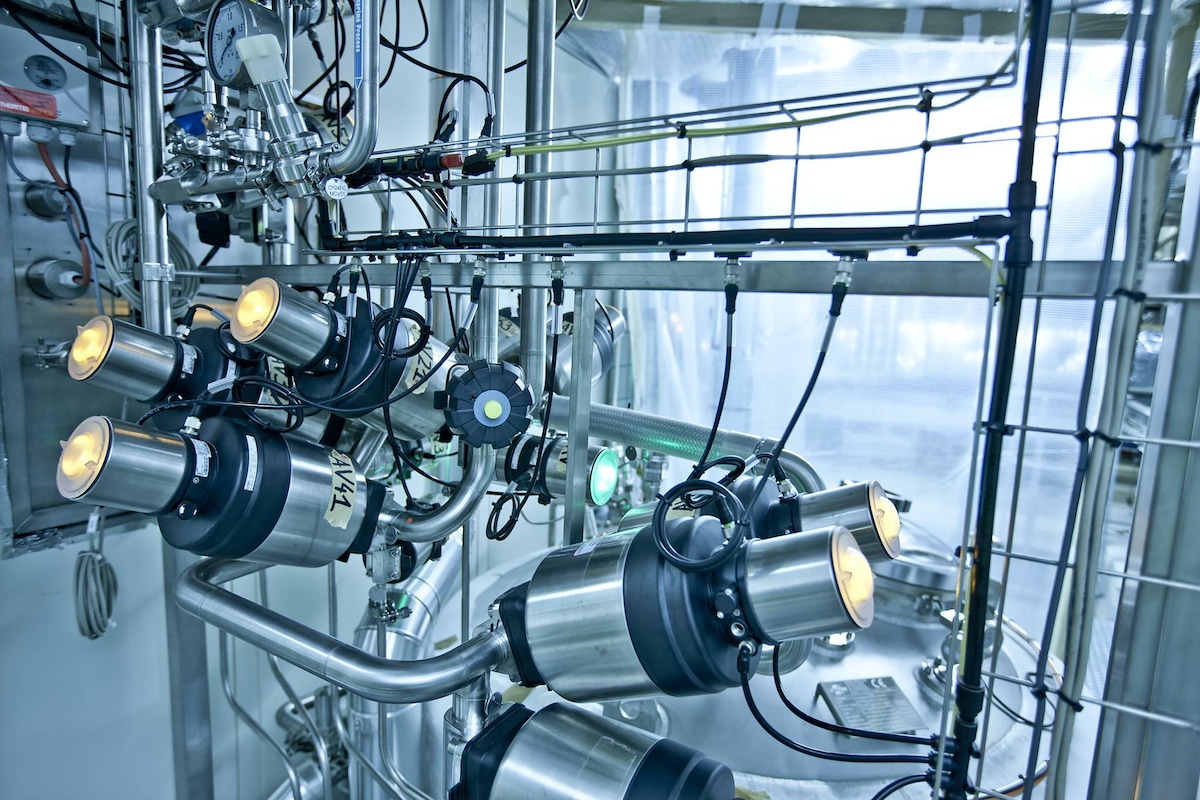
Executive Summary
The Valves and Flow Control market, within the Fluid Handling and Flow Control Systems vertical of the Industrial sector, is estimated at $21.54 billion in 2025 and projected to reach $29.87 billion by 2030, representing a compound annual growth rate (CAGR) of 5.6% over the 2024–2030 period.
Key Growth Drivers:
- Expanding industrial automation and increasing adoption of IIoT-enabled smart valves that reduce downtime and optimize process performance
- Continued modernization and expansion of energy, oil and gas, and water/wastewater infrastructure, driving demand for reliable flow-control solutions
- Tightening environmental, safety, and efficiency regulations, which are accelerating system retrofits and boosting demand for higher-specification replacements
Outlook:
Positive. The market is supported by sustained infrastructure investment, accelerating automation, and evolving compliance requirements, all of which reinforce long-term demand for advanced valve and flow-control technologies.
5.6%
CAGR (2024–2030)
$21.54 billion
Current Market Size (2025)
$29.87 billion
Projected Market Size (2030)

M&A and Investment Activity
Marshall Excelsior Company (MEC)
Dover Corporation (OPW Fueling Components unit)
2024
Dover acquired MEC to expand OPW’s cryogenic and mission-critical flow control product portfolio, adding fittings, valves, regulators, and remote monitoring capabilities that strengthen participation in compressed and liquified gases markets. The transaction brings MEC’s recurring revenue base and enhances Dover’s clean energy & fueling strategy by broadening transport and severe-service valve offerings.
System Seals
Vance Street Capital
2024
Vance Street’s partnership establishes a platform in engineered sealing solutions critical to high-reliability flow and sealing applications, enabling the sponsor to support international expansion and pursue bolt-on acquisitions. The investment aligns with the sponsor’s industrial-technology strategy and targets growth in aftermarket and product development revenue streams.
KGM (value-added distributor of gas meters, regulators, valves)
Tinicum
2024
Tinicum’s acquisition of KGM expands its distribution footprint in gas measurement and flow-control equipment, securing recurring service and aftermarket revenues from utility and commercial customers. The deal fits Tinicum’s playbook of building industrial distribution platforms through geographic expansion and add-on acquisitions.
Chart Industries (merger-of-equals with Flowserve announced; later unsolicited bid by Baker Hughes)
Flowserve Corporation (merger-of-equals with Chart Industries announced; Baker Hughes later bidder)
2025
The proposed Chart–Flowserve merger sought to create a large industrial process-technology leader combining flow management and thermal/cryogenic capabilities to offer end-to-end solutions and a larger aftermarket services base. Baker Hughes’ subsequent cash bid for Chart underscores the strategic value of Chart’s cryogenic, heat-exchanger and aftermarket exposure for energy-transition and industrial end markets; Flowserve later terminated the merger and received a termination payment.
Typical Business Models
1. OEM Manufacturer (Engineered or Severe-Service Valves)
Pros: Strong pricing power and customer loyalty driven by specialized engineering expertise, certification capabilities, and aftermarket service support.
Cons: Higher capital expenditure and working-capital requirements, combined with exposure to cyclical project pipelines.
Margin and Capex Implications: Higher gross and EBITDA margins when engineering content and aftermarket mix are significant, though meaningful investment is required in plant, tooling, and production infrastructure.
2. Value-Added Distributor (VAD) or Channel Partner
Pros: Lower capital intensity and faster cash conversion cycles, supported by established vendor relationships and diversified customer bases.
Cons: Lower margin capture and dependency on supplier terms and product availability.
Margin and Capex Implications: Low capex requirements but reduced—though steadier—margins due to limited pricing control.
3. Integrated Systems Provider (Valves, Actuators, Controls, and Services)
Pros: Ability to capture full systems-level value, generate recurring service revenue, and differentiate through integration and automation capabilities.
Cons: Requires significant software, controls, and engineering investment, as well as potential M&A to expand solution breadth.
Margin and Capex Implications: Premium gross margins with moderate capex linked to system integration, controls, and software development.
4. Aftermarket and Service-Focused Firms
Pros: Stable, high-margin recurring revenue driven by maintenance, retrofits, and replacement cycles.
Cons: Elevated field-service labor intensity and operational complexity in managing distributed service teams.
Margin and Capex Implications: Low fixed capex but higher operating costs associated with service delivery and technician utilization.




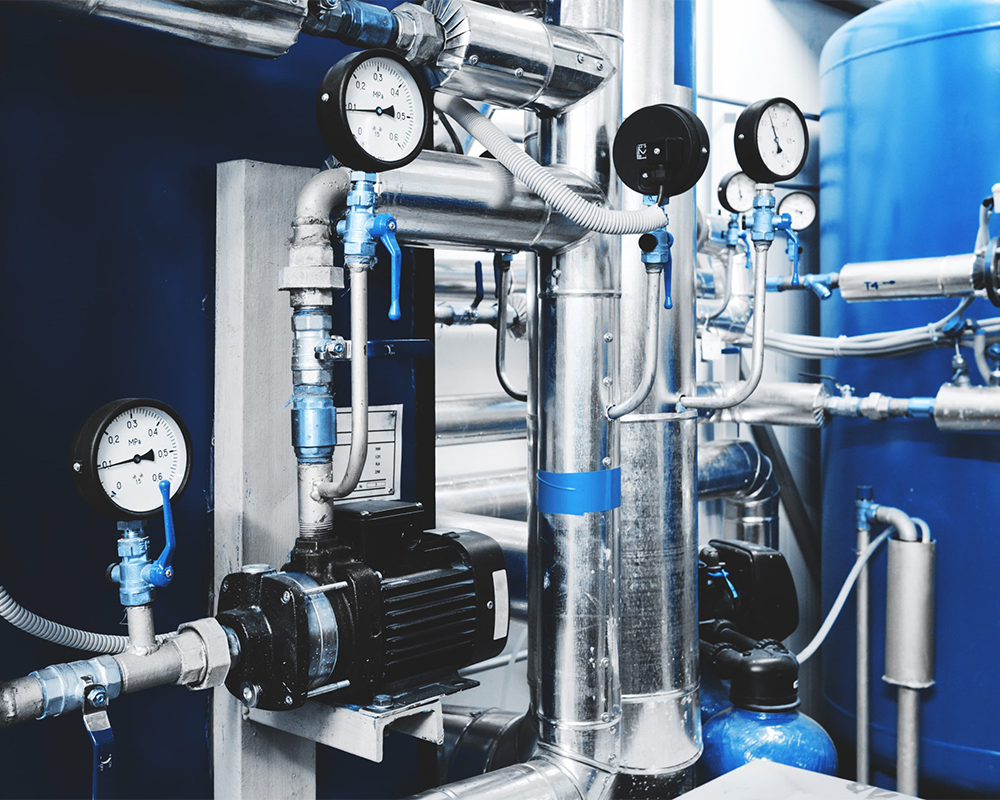
Typical Margin Profile
Gross Margin:
Typically ranges from ~25–50%. Lower-end margins are common in commodity or standard valve production and high-volume OEM product lines, where competitive pricing and scale pressures compress margins into the mid-20% to mid-30% range.
EBITDA Margin:
Generally falls within ~8–25%. Higher-end margins are achieved in engineered, severe-service, instrumentation, and automation segments, as well as in aftermarket- and service-heavy businesses, where gross margins often exceed 40% and EBITDA can approach or surpass 20%.
Major Variance Drivers:
- Product mix: Standard versus engineered valves
- Aftermarket and service share: Higher recurring service exposure supports stronger margins
- Pricing power: Premiums achieved in niche, safety-critical, or customized applications
- Production utilization and scale: Greater efficiency improves cost absorption and profitability
- Geographic labor and cost base: Regional cost structure influences margin realization
- Channel structure: Direct sales typically retain more pricing power than distributor-led models




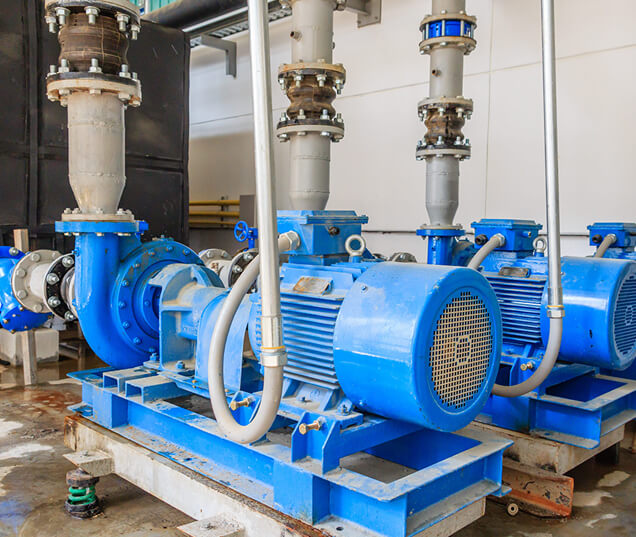
Investor Appetite
Level: Medium
Rationale: The Valves and Flow Control sector presents several appealing attributes, including recurring aftermarket revenue, a fragmented competitive landscape that enables consolidation opportunities, and defensive end-market exposure supporting stable valuations and continued private equity interest.
Balancing these strengths are several moderating factors. The industry remains exposed to end-market cyclicality—particularly in oil and gas and heavy industrial segments—and is characterized by working-capital intensity and performance variability across product subsegments. These dynamics temper overall investor enthusiasm, resulting in a more selective focus on high-margin, automation-enabled, and service-integrated players within the broader industry.




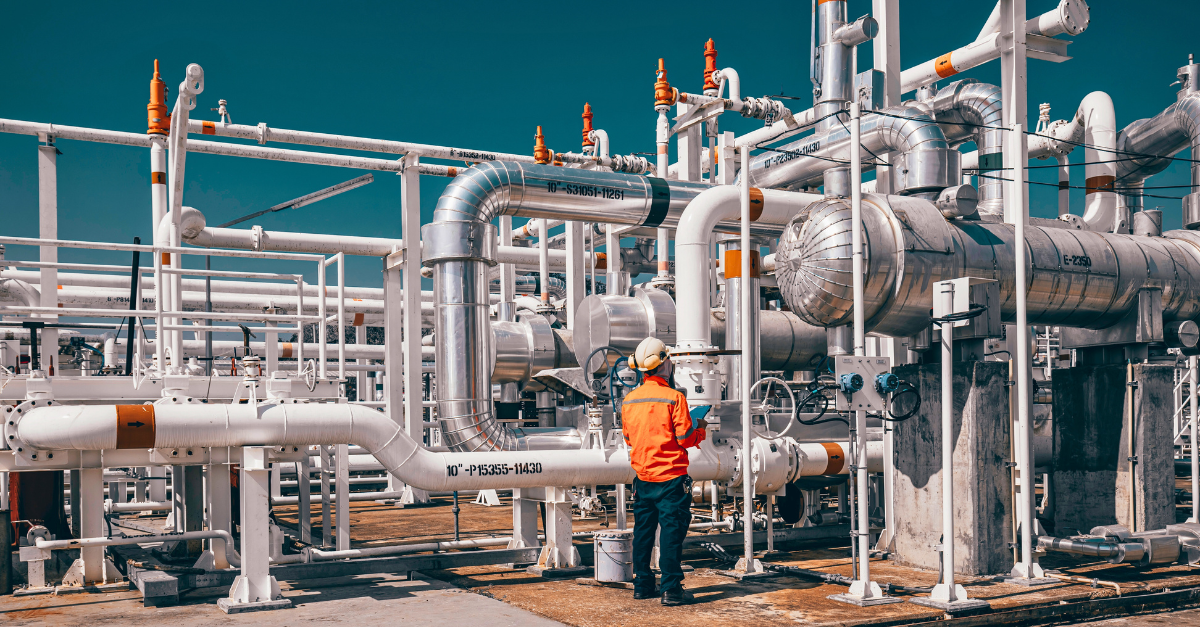
Capex Intensity
Level: Medium
Indicative Range: Capex typically represents ~2–6% of revenue for established valve and flow-control manufacturers. Distributor and service-oriented models generally operate at ~0.5–2%, while high-automation projects, greenfield facilities, or heavy machining expansions can reach ~8–10% during peak investment years.
Major Capex Categories:
- CNC machining and fabrication equipment
- Test and qualification facilities
- Plant modernization and automation initiatives
- Tooling, fixtures, and specialized production assets
- Targeted IT, IIoT, and controls system investments
- Working-capital funding tied to inventory requirements
Accounting Treatment:
Research and development is typically expensed, though certain tooling and product development costs may be capitalized depending on company policy and project scope.




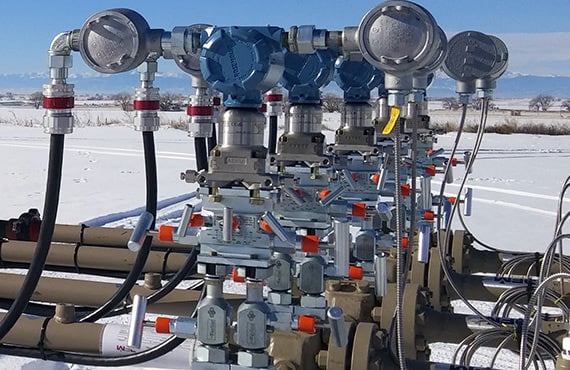
Conclusion & Investment Implications
The Valves and Flow Control market within the Industrials sector demonstrates strong fundamentals, with projected growth from $21.54 billion in 2025 to $29.87 billion by 2030, representing a compound annual growth rate (CAGR) of 5.6%.
This positive trajectory is supported by three primary growth drivers:
- Expanding industrial automation and adoption of IIoT-enabled smart valves that enhance operational efficiency and reduce downtime
- Continued infrastructure expansion and modernization across the energy, oil and gas, and water/wastewater sectors
- Strengthening regulatory and safety requirements driving demand for higher-specification flow-control equipment
The market is experiencing significant technological transformation, including advancements in digitalization (remote monitoring, predictive analytics), decarbonization (hydrogen- and LNG-capable valve systems), and materials innovation such as corrosion-resistant alloys and additive manufacturing.
Ongoing merger and acquisition (M&A) activity further validates sector strength, with major players such as Baker Hughes and Flowserve actively pursuing strategic acquisitions to enhance product portfolios and service capabilities.
While challenges remain—including raw material cost volatility and supply chain constraints—the sector’s strong underlying fundamentals, recurring aftermarket revenue potential, and clear innovation trajectory position it as an attractive investment opportunity for those seeking exposure to industrial modernization and the global energy transition.




Expert Analysis
Subscribe for Exclusive Industry Reports
Thank you! Your submission has been received!
Oops! Something went wrong while submitting the form.